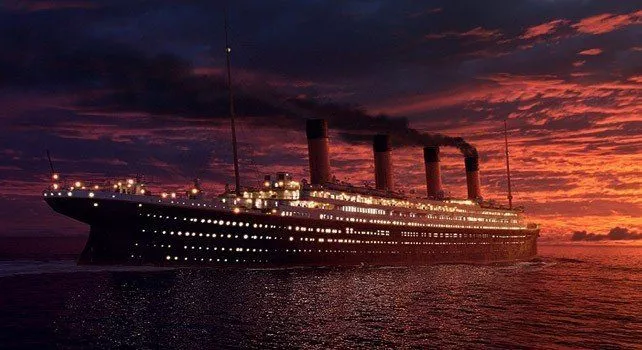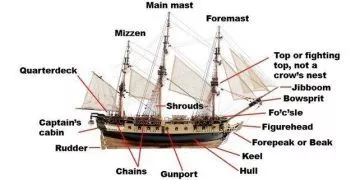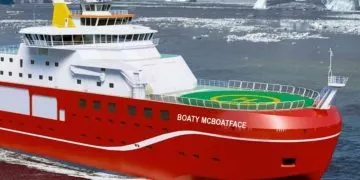The Titanic is one of the most famous ships in existence. It was built by The White Star Line (owned by American, J. P. Morgan) at the Harland and Wolff Shipyard.
Here we’re going to look at 22 interesting facts about the Titanic that you probably didn’t know.
The Titanic had two sister ships, the Olympic and the Britannic.
The opulent ship set sail from Southampton on April 10, 1912.
When it set sail, the pull of the ship was so fierce that it damaged a nearby boat.
Measuring 882 ft 6 inches, with a width of 92 ft 6 inches, the Titanic cost over $7.5 million to build.
To travel first class, the ticket would cost $4,700.
Traveling at 22.5 knots, the ship was only 0.5 knots away from reaching its maximum speed. It is therefore thought that the ship was traveling too fast for the conditions in which it met its fate.
Four days into the voyage, a total of six iceberg warnings were ignored. While traveling at a high speed, the ship turned to avoid an oncoming iceberg. Scientists have concluded that if the ship had turned much later on, the damage would have been less significant.
At 11:40 p.m. the ship collided with a small iceberg, 400 miles off Newfoundland, Canada. The iceberg created a gash that was between 220 and 245 feet long.
Through the gash, five watertight compartments were flooded. It is believed that if only four compartments were damaged the ship could have stayed afloat.
When the distress signal was sent out, the closest ship was The Carpathian. However, it was over 58 miles and 4 hours away.
The Titanic had a total of 1178 lifeboat seats available. Many lifeboats however left the ship only half full. Among those were women and children, which Captain Edward J. Smith ordered board first.
Daniel Buckley disguised himself as a woman to save himself and get aboard the lifeboat. He succeeded.
It took just three hours for the ocean liner to sink and sank at 2:20 am on April 15, 1912.
1503 people died that night. Among the death toll, were passengers and crew, including the band which played until minutes before it fully submerged.
Charles Joughan was the only man to survive in the freezing Atlantic water.
There were 705 survivors of the disaster. Millvina Dean, who was nine weeks old when she was aboard one of the lifeboats, was the oldest survivor until she died in 2009.
The Titanic lies at the bottom of the sea – that’s 12,600 feet. It was rediscovered in 1985 by Dr. Robert Ballard, an oceanographer. The ship had fallen apart, scattering its remains across the sea bed. The bow and stern were found at least 2,000 ft apart.
The Titanic will never be brought to the surface. It remains a memorial site for those passengers and crew who lost their lives that fateful night.
A century later, people all around the world remembered the tragedy. At 11:40 p.m. on April 14, 2012, under the light of the moon and candlelight, wreaths were dropped over the wreckage of the ship to honor the dead.
The Titanic has also been immortalized through pop culture, including recent television adaptations, and notably the feature-length film, Titanic, which was released in 1997. Directed by James Cameron, it starred Leonardo DiCaprio and Kate Winslet.
To commemorate the centenary of the ship’s tragedy, the film was re-released in 3D in cinemas during the Easter Weekend of 2012.
“My Heart Will Go On,” the theme song of the film, is one of the biggest-selling singles of all time, and features as the first dance at many weddings.

















